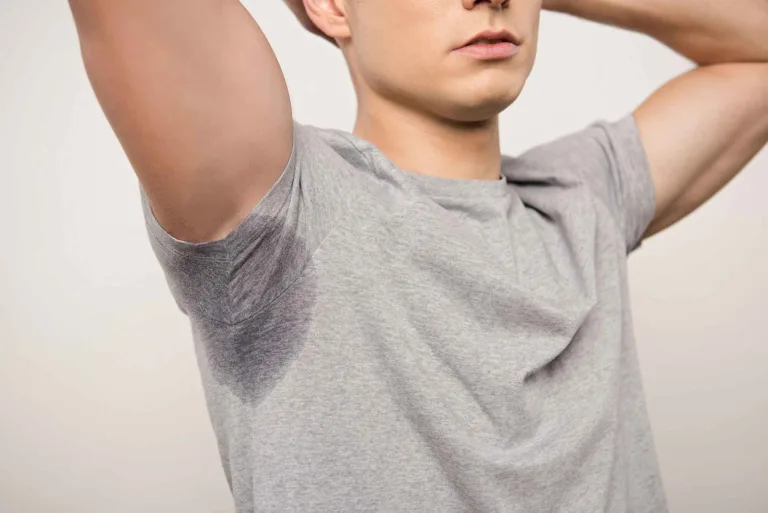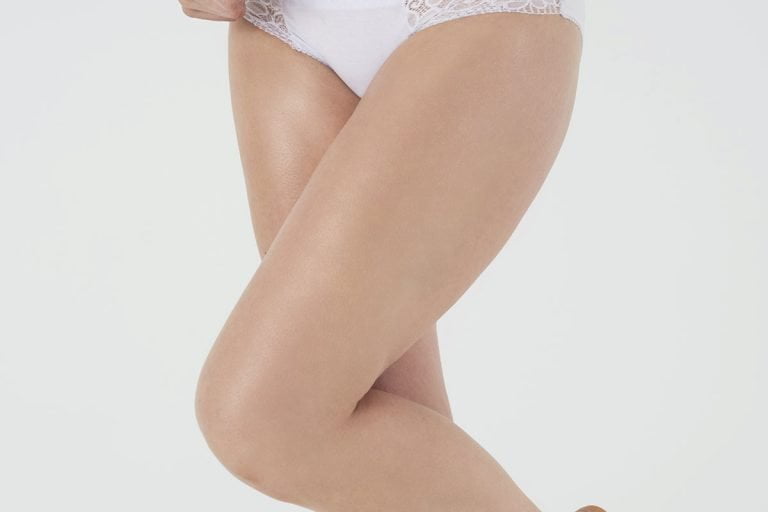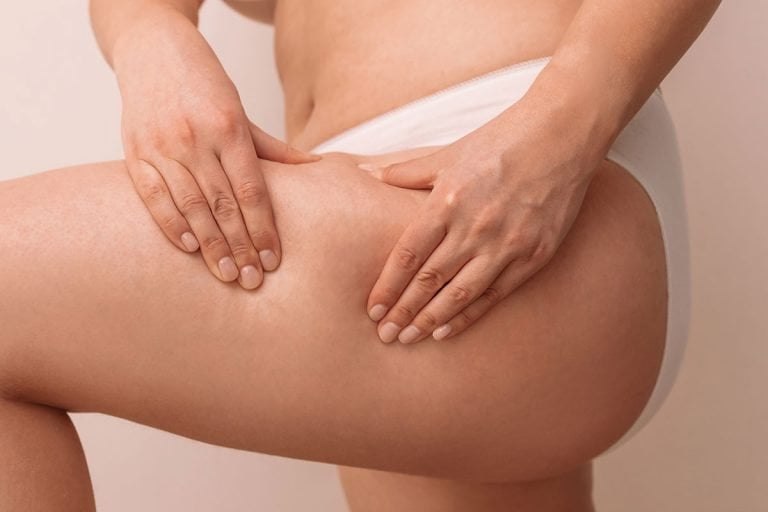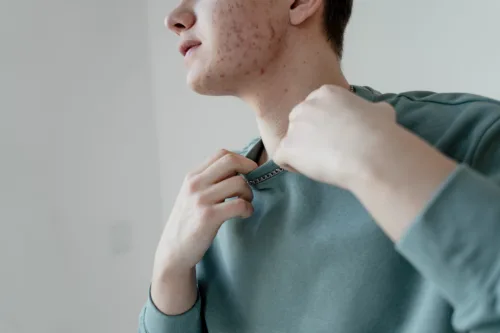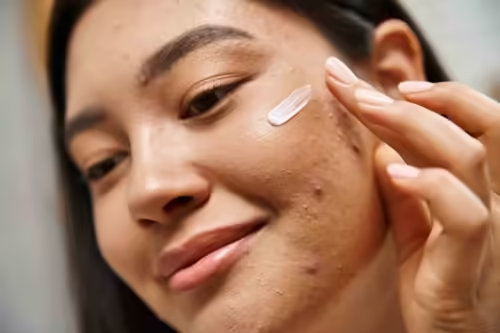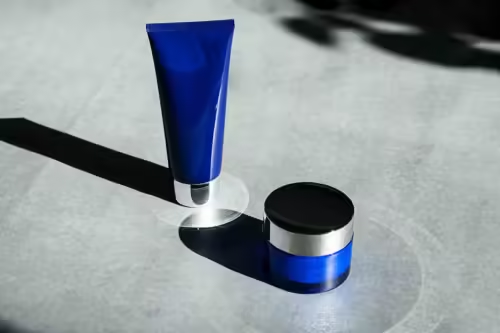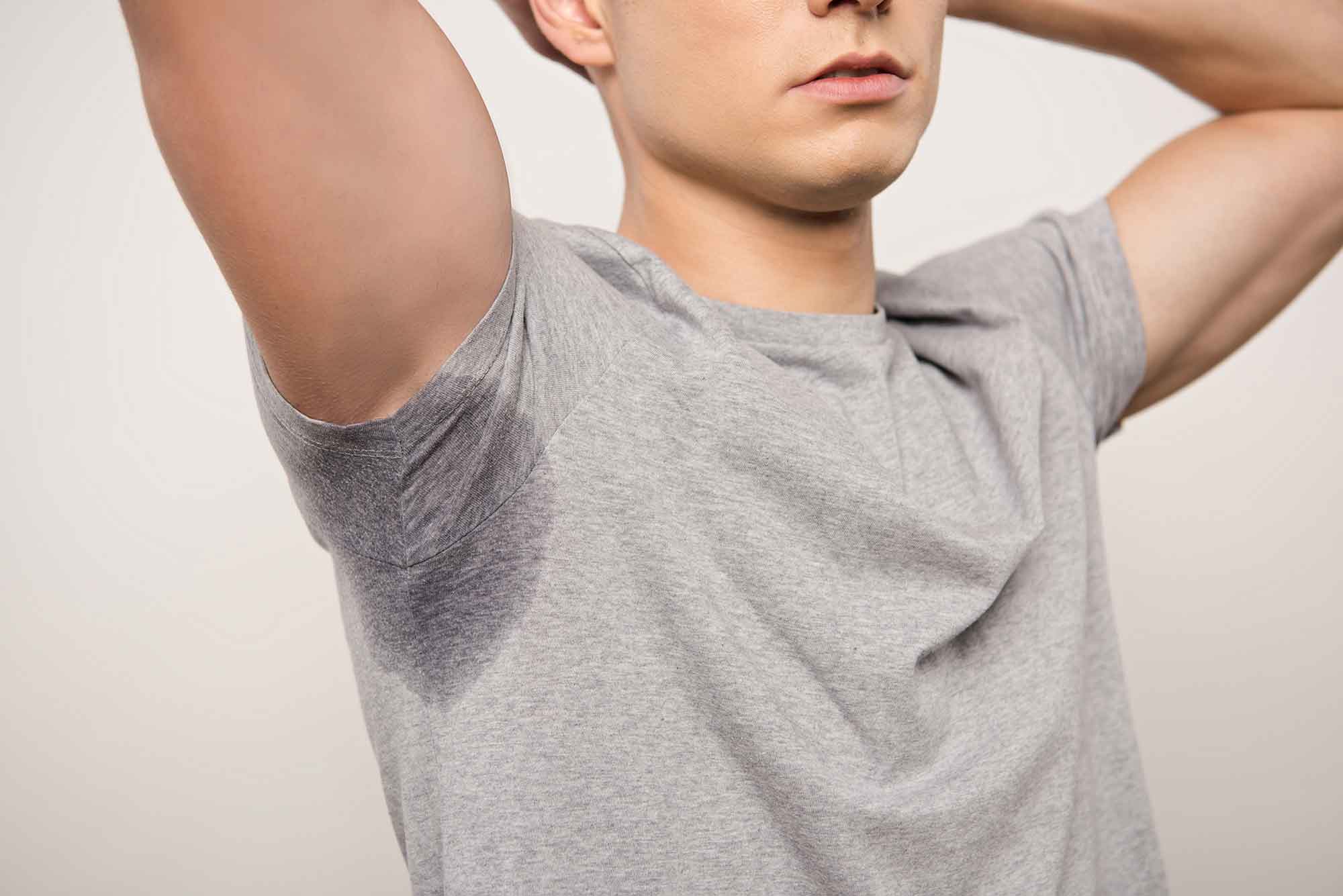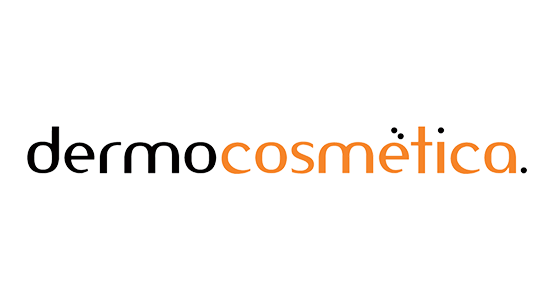Sweating is a natural process, but for some, it becomes excessive and disruptive, impacting daily life. This condition, known as hyperhidrosis, can cause annoyance, embarrassment, and sometimes social anxiety.
Are you struggling with excessive sweating? You’re not alone. Hyperhidrosis affects 1% of the population, and Hamilton Skin Clinic have medical professionals who can help.
Here’s what you’ll find in this post:
- Understanding Hyperhidrosis: Learn the signs and symptoms of abnormal sweating.
- Types of Hyperhidrosis: Discover the two main categories – primary and secondary.
- Treatment Options at Hamilton Skin Clinic : Explore solutions offered for hyperhidrosis .
When Sweating Becomes Excessive
Sweating is necessary for temperature regulation, but with hyperhidrosis, it becomes uncontrollable. Common signs include:
- Excessive underarm sweat (axillary hyperhidrosis)
- Slippery, sweaty palms (palmar hyperhidrosis)
- Clammy feet (plantar hyperhidrosis)
- Facial sweating (craniofacial hyperhidrosis)
Primary vs. Secondary Hyperhidrosis
There are two main types of hyperhidrosis:
- Primary Hyperhidrosis: This is the most common form, often genetic and not caused by an underlying medical condition. It typically affects hands, feet, or underarms.
- Secondary Hyperhidrosis: This less common type arises from another medical condition, medication, or hormonal changes. It can affect larger areas of the body.
Finding Relief
If you suspect hyperhidrosis, consulting a dermatologist, or an experienced cosmetic doctor or nurse is crucial. At Hamilton Skin Clinic, we have hyperhidrosis experts who can diagnose the condition and recommend the best course of treatment. Here are some potential options:
- Prescription-strength antiperspirants
- Iontophoresis therapy
Neuromodulator injections
- Medications (in some cases)
How Injections Work for Hyperhidrosis:
Botulinum toxin neuromodulators work by temporarily blocking the nerve signals that stimulate sweat glands. Here’s the process:
- Consultation: A medical professional will assess your hyperhidrosis, discuss your medical history, and determine if botulinum toxin is a suitable option.
- Preparation: The injection area is typically cleaned and numbed with a topical anesthetic cream to minimise discomfort.
- Injection: Using a very fine needle, we inject tiny amounts of the medicine into specific points in the targeted area (e.g., underarms, palms).
- Recovery: After the injection, you can resume most activities right away.
Time and Downtime:
- Injection Time: The actual injection process is relatively quick, usually taking 15 minutes.
- Onset of Action: It can take 3-7 days for the full effects to kick in. You might experience some initial sweating reduction within 24 hours, but it progressively improves over the following days.
- Downtime: There’s minimal downtime associated with the injections for hyperhidrosis. You might experience some mild tenderness or redness at the injection sites, but these resolve within a day or two. You can return to your regular activities immediately after the procedure.
Additional Considerations:
- Results: Studies show you can significantly reduce sweating by 82–87% in the treated areas.
- Duration: The effects typically last 3-6 months. Repeat injections are needed to maintain reduced sweating.
- Side Effects: In some cases, temporary side effects like minor bruising, swelling, or temporary muscle weakness at the injection site can occur. However, these are usually mild and resolve quickly.
Don’t let excessive sweating control your life. Contact Hamilton Skin Clinic for a hyperhidrosis treatment today and take control of your excessive sweating.








